
by Gideon Marcus
Imitation is…
I think it's safe to say that, for almost twenty years there have been three Big Science Fiction Magazines. Each aims at a specific branch of the scientification fandom. For instance, John Campbell's Analog (formerly Astounding) is at once the hardest of the Big Mags, focusing on near-future gizmo tech or sweeping galactic epics with a scientific core, and also one of the softest, given John's weakness for psi stories.
The Magazine of Fantasy and Science Fiction covers the literary end of the STF spectrum, and it also veers into the outright fantastical (q.v. the masthead). Galaxy navigates a sort of middle path between the two.
But the most recent issue of FS&F had me wondering exactly which magazine I was reading again, for this month, Ed Ferman's publication feels a lot like Campbell's. Perhaps writers have finally answered FS&F's plea for harder works, or maybe Ferman finally had a sufficient number of such pieces to fill (most of) an issue. Either way, it's an interesting departure, especially with the increased art throughout. Does it work? Let's find out!
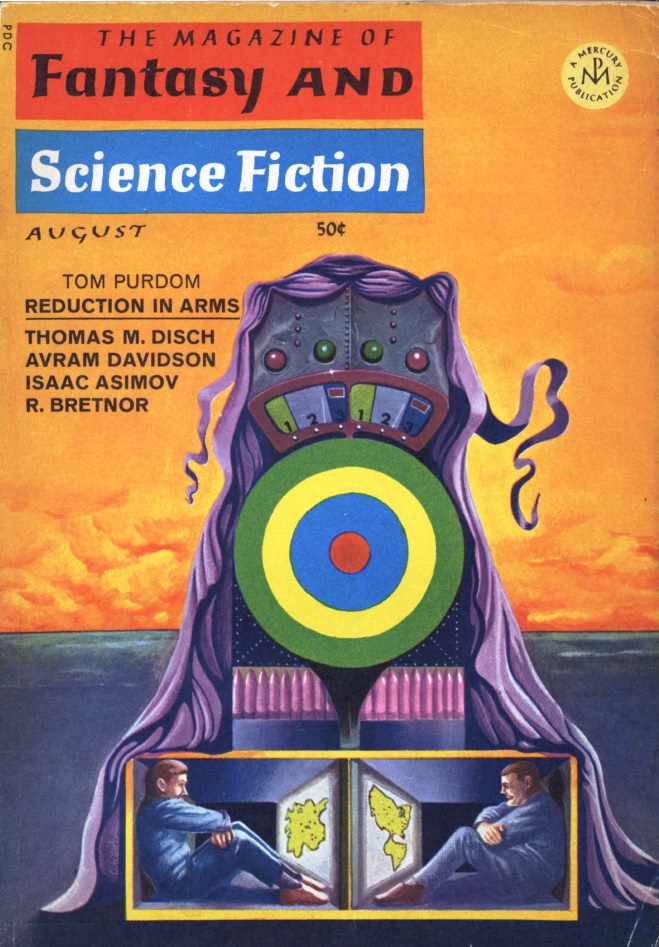
by Ronald Walotsky
Nuts, Bolts, and Dragons
Reduction in Arms, by Tom Purdom
My good friend Tom Purdom offers up this fascinating piece set in the early '80s. The superpowers have bound themselves by the Treaty of Peking to curtail the development and implementation of terrible weapons. But there is always the suspicion that one side or another is working on some version of a "ninety-five plus virus"–one that will wipe out most of a non-incoluated population.
Sure enough, American agents are tipped off when a Soviet biologist, supposed to be a patient in a specialized "role-play" treatment center, is found cavorting with ladies at a bar 30 miles away. A raid is authorized. Between hostile Soviets and rogue team members, the investigation quickly becomes fraught with peril.
Tom himself has this to say about the tale:
After I got out of the army in 1961 I became very interested in arms control and disarmament. I did a lot of reading on the subject and ended up writing two articles for the Kiwanis magazine (a good middle market for a new writer). An opportunity to write an article for Playboy didn't work out but I got to interview some of the people I'd been reading.
Fred Pohl suggested I write a story on the subject for Galaxy. I didn't think I could handle the technical stuff needed for a story about detecting nuclear weapons so I decided to write about biological weapons which seemed like they might be the next big threat. Microbiology labs, in addition, can be hidden in all sorts of small spaces. I decided to focus on a treaty banning secret research because I had come to the conclusion we tended to run the arms race against ourselves. Our people thought up a possibility and we had to work on it because the Russians might be working on it. If we could determine they weren't, both sides could avoid another cycle in the arms race.
I picked a mental health facility as the hiding place because it raised interesting human and moral issues. The story revolves around ethical and political issues instead of a duel between inspection technologies and evasion technologies. The programmed environment therapy seemed like a natural extension of Pavlovian conditioning.
Fred Pohl rejected the story. My agent, Scott Meredith, tried it on Redbook and Esquire with near misses at both places. The fiction editor at Esquire said he wanted to buy it but he was overruled by higher ups.
The story was a novelette, about ten thousand words. Playboy said they'd buy it if I could cut it in half. I did but they rejected it. Ed Ferman at F&SF liked the short version but felt it needed to be longer. So I expanded it to its original length. He bought it and now it's the August cover story. One of the peak moments in my writing career, so far.
The story grew out of intense, solid research and some deep thinking on the whole problem of arms control. When I finished it, I felt I had summarized and dramatized the key issues and dilemmas. Perhaps the sweeping treaty in the story isn't very plausible. We live in a time when the advance of technology makes serious arms control seem a necessity–so necessary even the politicians will have to see it. Science fiction explores What might happen if? The If may seem unlikely, but is still worth exploring.
I originally called the story "1980". Ed Ferman asked for a change and I thought Reduction in Arms had a nice military clatter. I also suggested War and Peace and A Farewell to Arms but he preferred Reduction in Arms.
There's no question that Tom has gotten a feather in his cap for the placement of this tale. I will say that, although I found the concept interesting, it suffers for being an action piece told in third-person by a largely uninvolved party. Visceral immediacy would have given the story more punch.
Still, it was interesting to see a Reynolds-esque thriller outside of Analog— and without the nardy slang Reynolds employs.
Three stars.
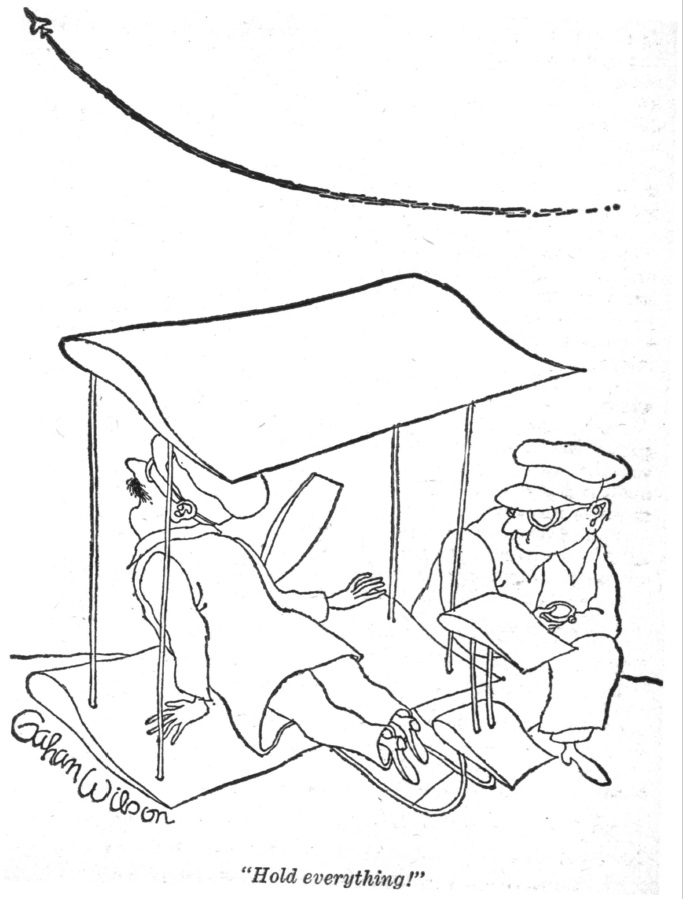
by Gahan Wilson
The Conflict, by Ilya Varshavsky
Here is an import from the Soviet Union, about the large and small scale strife between humans and their increasingly sapient "servants".
I think it loses something in translation. Two stars.
The Baron's Dog, by L. J. T. Biese
When an unemployed governess in Italy is offered 25,000 lira a month to walk a Transylvanian wolfhound, what's a girl to think? Especially when the employer is tall, dark, handsome…and strictly enjoins against photography of his pet?
I found this tale delightful, such a nice contrast from all the creeping horror that such a setup normally would have entailed. It's not quite Analogian, but it is good. And if L.J.T. Biese isn't a woman, I'll eat my hat.
Four stars.

Soft Come the Dragons, by Dean R. Koontz
Koontz is a brand new author, and he offers up the tale of a far-off world, the miners who live in fear upon it, and the gossamer dragons that turn beholders to stone. It's all rather metaphorical and lyrical and not quite sensical, rather as if Koontz spent the night reading Zelazny's works and then tried his hand at it.
I'd say it works more than it doesn't, but Koontz' rawness definitely shows through. Three stars.
Earthwoman, by Reginald Bretnor
Will Adamson, born on a distant world, is human in all qualities save one: he and his race are possessed of telepathy, knit into a consciousness collective. He is sent to Earth to discern how it is that we can love without the possibility of true connection. And if we truly be human, is there an innate telepathic skill just waiting to be awakened?
Bretnor usually write silly stories or bad puns, so this more serious piece is a welcome change. I found it a touch too affected, but otherwise enjoyable. And definitely something that could have appeared in Analog.
Three stars.

by Ed Emshwiller
Mosquito, by Theodore L. Thomas
F&SF's story seeder suggests mosquitos might be laden with vitamins and inoculants such that their bite becomes a beneficial distribution method. As usual, he misses some important aspects of his invention. To wit, mosquito bites are not controllable in distribution or quantity. And even if they provide needed drugs and nutrients, they still aren't pleasant to receive.
Two stars.
Bugs, by Charles L. Harness
Speaking of bugs, Charles L. Harness (who used to team up with Thomas under the pen name Leonard Lockhard) has authored this story of living bugs employed as espionage bugs.
There's a lot of "as you know" explanations, and the smugness with which the Americans subvert their KGB counterparts is pure Analog.
Mildly interesting, but just a bit too glib as well as prolix. Two stars.
The Bubble, by J. W. Schutz
The destruction of humanity's first and only space station has spooked the government, and now they've decided to pull the plug on space investment. Deane Aircraft, the largest space contractor, is faced with a pivotal decision: retool back to making conventional vehicles, or become the first private space presence. The linchpin to the success of the operation isn't Theodor Deane, President of the company, nor the thousands of engineers he employs. It's certainly not Theodor's greedy wife, Lillian, nor her paramour, Briggs, who is also Theodor's financial wiz.
It's Georgia Lighton, Theodor's secretary, who comes up with all the brilliant, cost-saving ideas.
The whole thing reads like a cross between Silverberg's Regan's Planet and a soap opera. Again, very Analog.
Not great, but Analog. Three stars.
Moondust, the Smell of Hay, and Dialectical Materialism, by Thomas M. Disch
The first man on the Moon, Mikhail Andreivich Karkhov, is dying. Does he die for science? For love? For the state? Or something else entirely?
A beautiful, moving piece, made all the more poignant by the recent twin tragedies that claimed the lives of three astronauts and one cosmonaut.
Five stars.
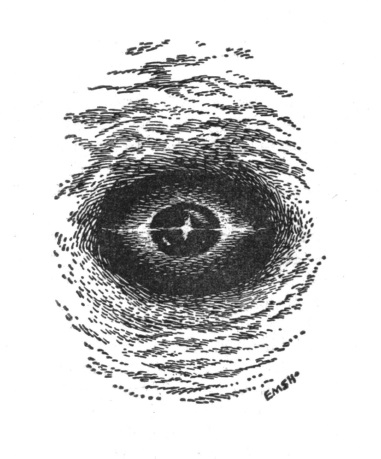
by Ed Emshwiller
Argent Blood, by Joe L. Hensley
A man is being treated in a ward for the incurably insane. Between fits of "disturbance" he begins to mistrust the charitable nature of his doctor and nurse. But he has a plan…
A good, atmospheric piece. Three stars.
Kaleidoscope in the Sky, by Isaac Asimov
In a rare return to topics astronomical, Dr. A. submits a nonfiction piece on the moons of Mars, and how these extremely low flying rocks would appear to a surface observer. If, indeed, they are even suitably placed to see them, for unlike our Moon, Phobos and Deimos orbit so close to their planet that Martian pole-dweller could not see them.
Good stuff. Four stars.
Quick with His Hands, by Avram Davidson
Capping things off, this vignette of sibling rivalry on Mars, ably told and with a tearjerking finale.
Four stars.
Doing the math

So, did F&SF's experiment in apery succeed? Well, there were high points and low points, but the overall impression I was left with was favorable. We'll just have to compare it to the real thing in just over a week to see if Brand X beat the competition!
(Speaking of kooky stunts, it looks like F&SF is joining forces with several other organizations to hold a writing contest. I wish them the best of luck, although the last time a magazine (Galaxy in that case) did this, in the early '50s, they got bupkis, and Fred Pohl had to write as a novice under a pseudonym to give them anything worth publishing.)


![[July 20, 1967] An Analog of <i>Analog</i> (August 1967 <i>Fantasy and Science Fiction</i>)](https://galacticjourney.org/wp-content/uploads/2022/07/670720cover-659x372.jpg)

![[July 18, 1967] Highs and Lows (July Galactoscope #2)](https://galacticjourney.org/wp-content/uploads/2022/07/670718covers-672x372.jpg)




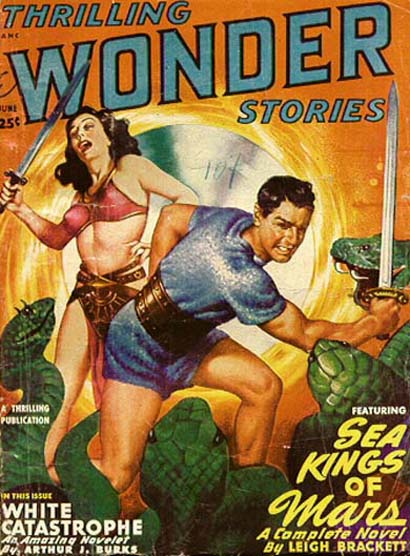
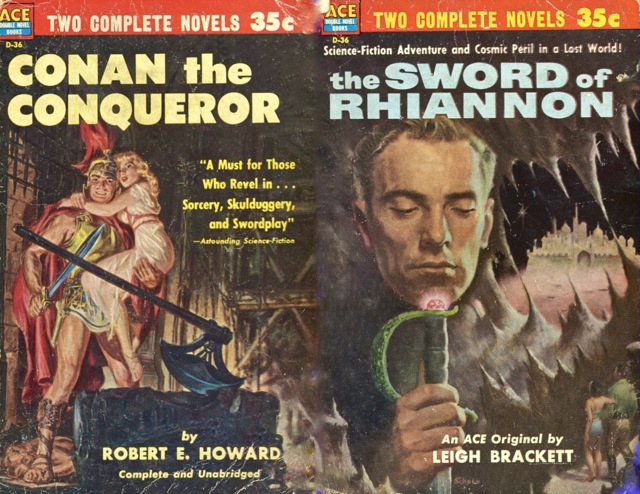

![[July 16, 1967] The Weird and the Surprising (July 1967 Galactoscope)](https://galacticjourney.org/wp-content/uploads/2022/07/670716covers-672x372.jpg)










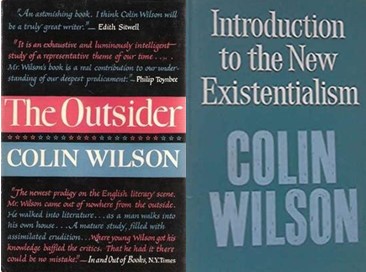


![[July 14, 1967] The Beat Goes On (August 1967 <i>Amazing</i>)](https://galacticjourney.org/wp-content/uploads/2022/07/amz-0867-cover-383x372.png)








![[July 10, 1967] Return to Collinsport (the gothic soap opera, <i>Dark Shadows</i>)](https://galacticjourney.org/wp-content/uploads/2022/07/BarnabasPortrait-1-620x372.png)










![[July 8, 1967] Family lines (August 1967 <i>Galaxy</i>)](https://galacticjourney.org/wp-content/uploads/2022/07/670710cover-672x372.jpg)




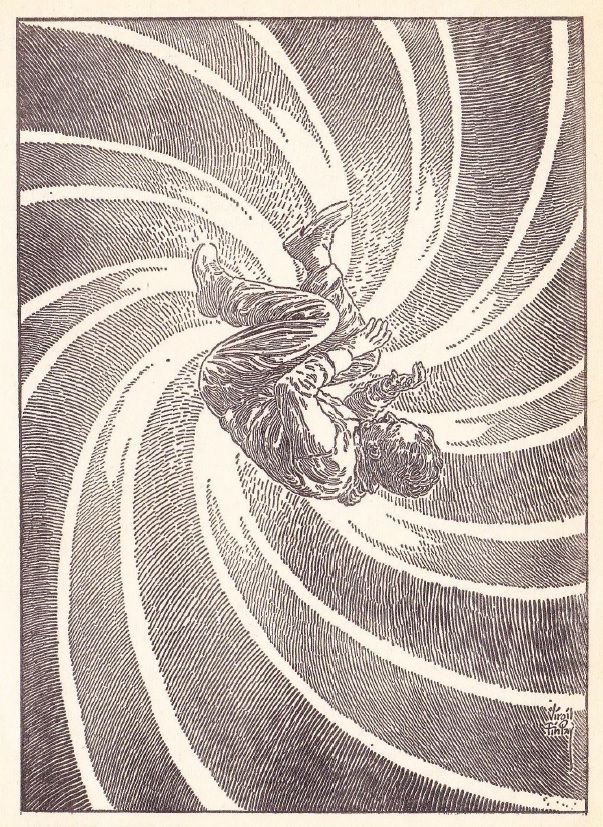






![[July 2, 1967] An Explosive Ending (<i>Doctor Who</i>: THE EVIL OF THE DALEKS [Part 2])](https://galacticjourney.org/wp-content/uploads/2022/07/670702emperor-672x372.jpg)

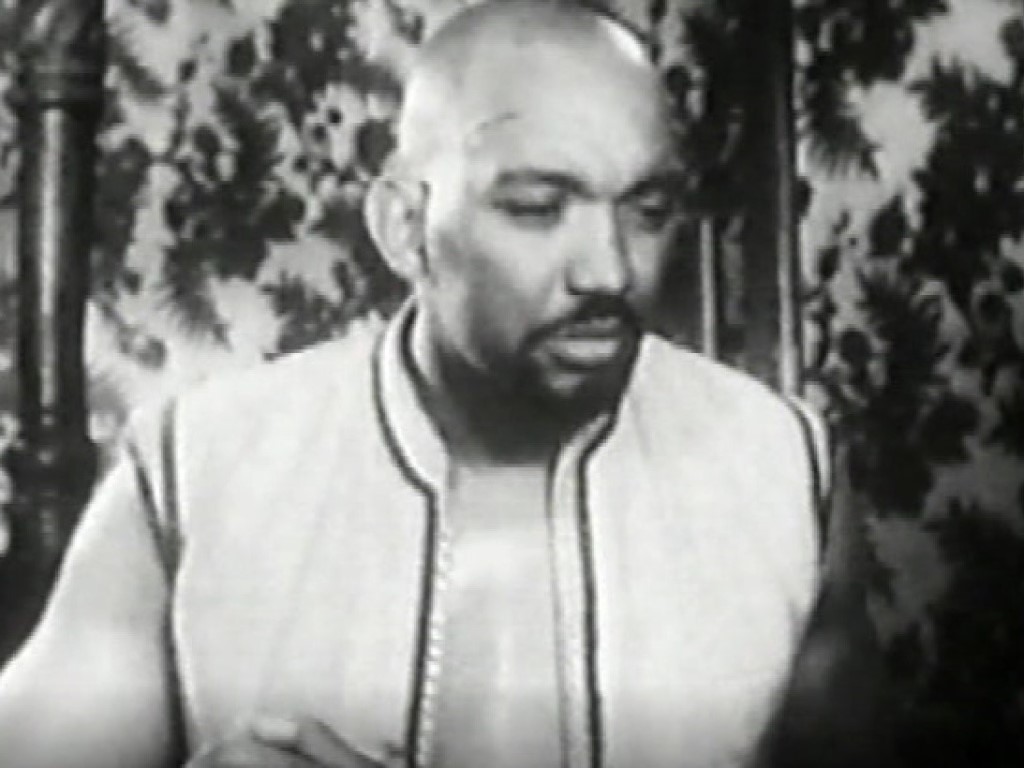
![[June 30, 1967] Bad trip (July 1967 <i>Analog</i>)](https://galacticjourney.org/wp-content/uploads/2022/06/670630cover-672x372.jpg)

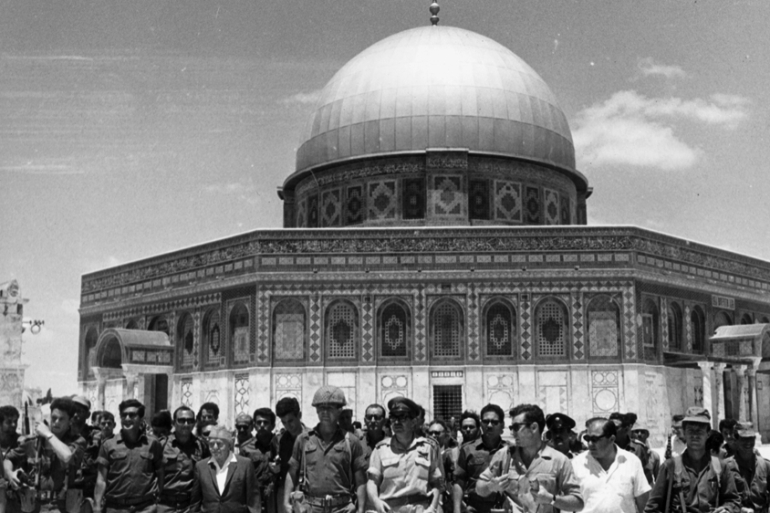
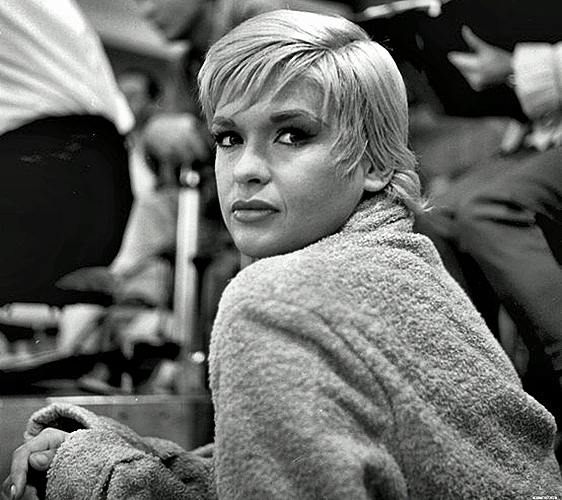
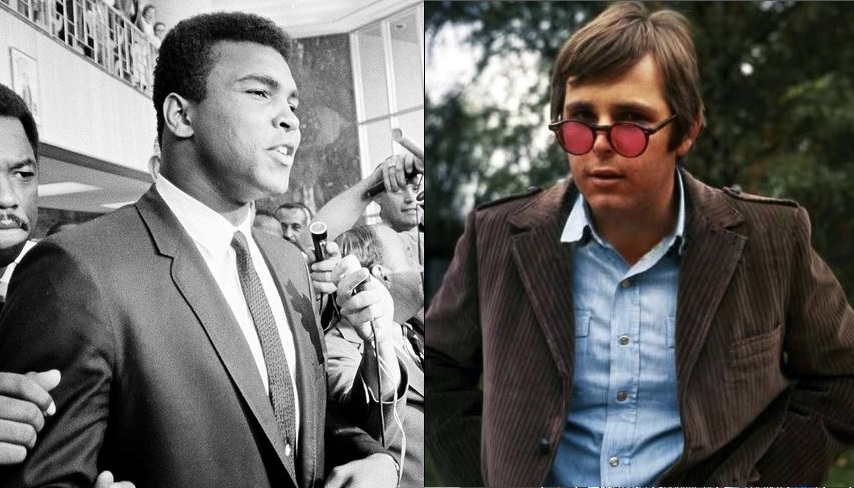
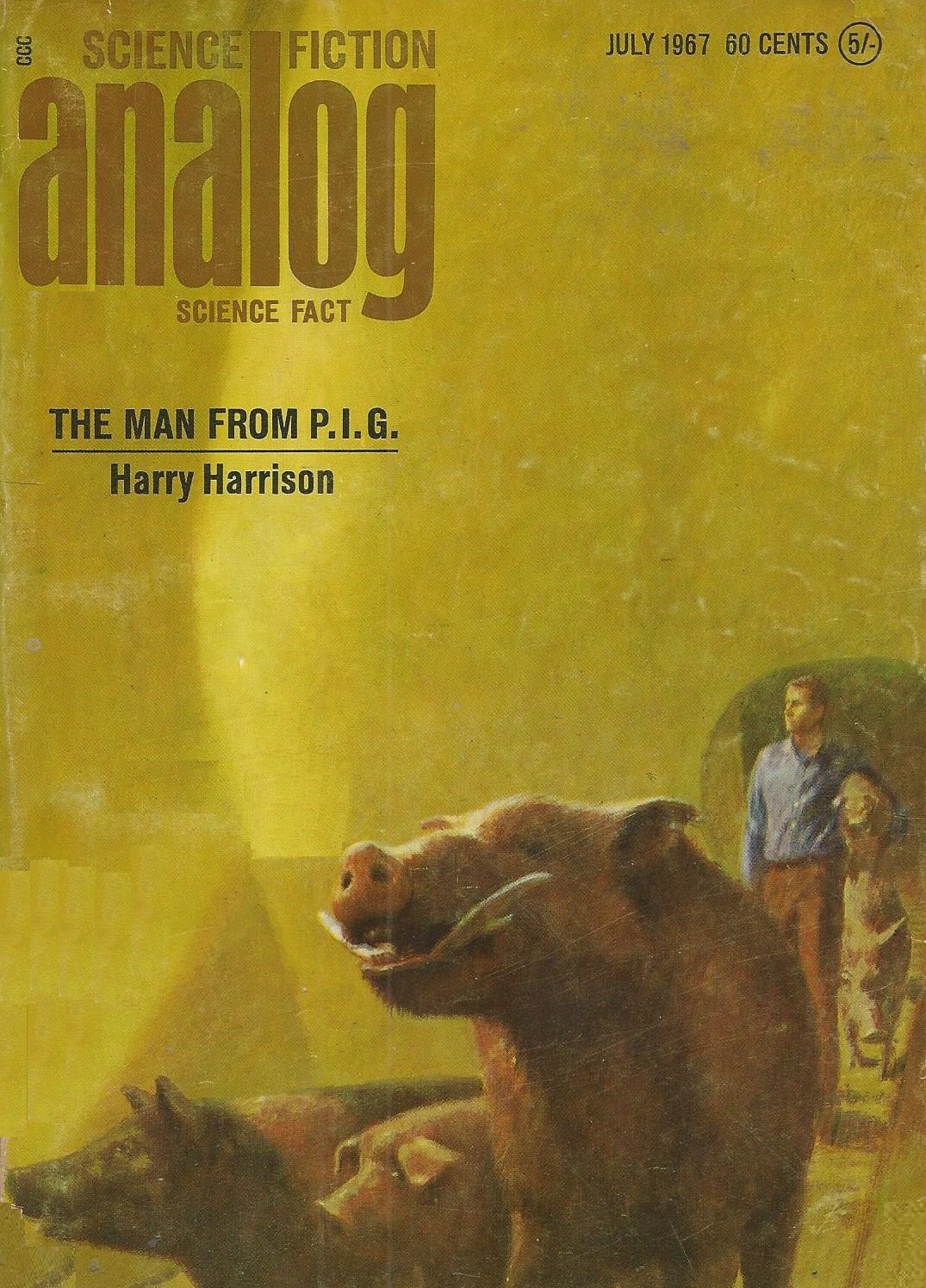
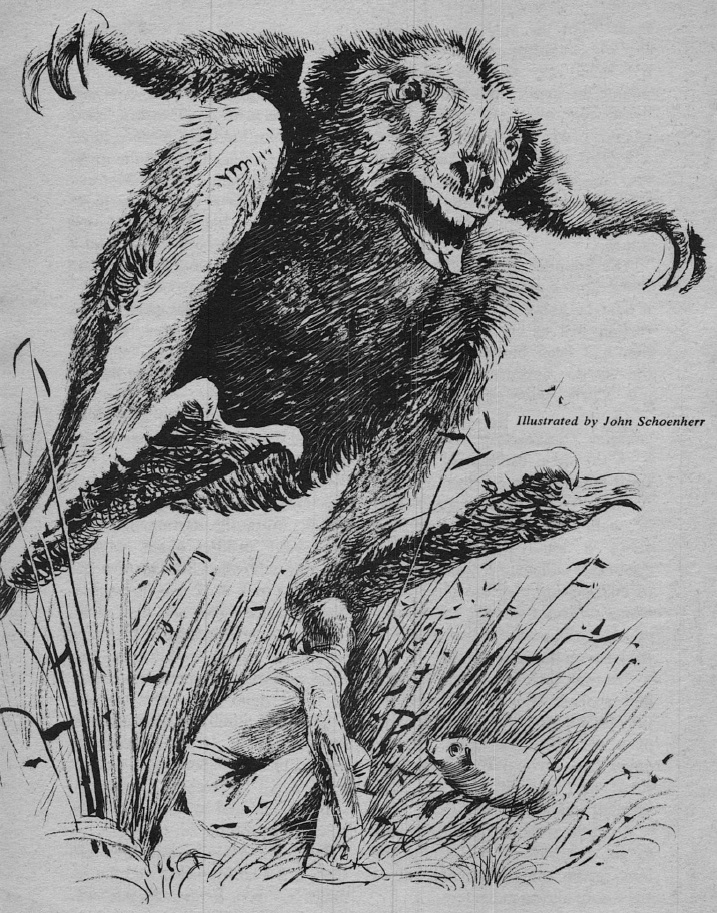
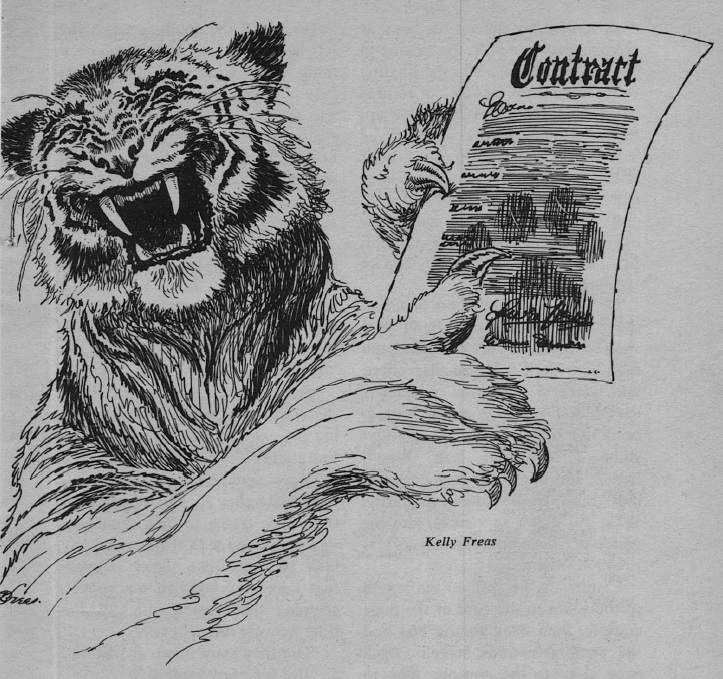

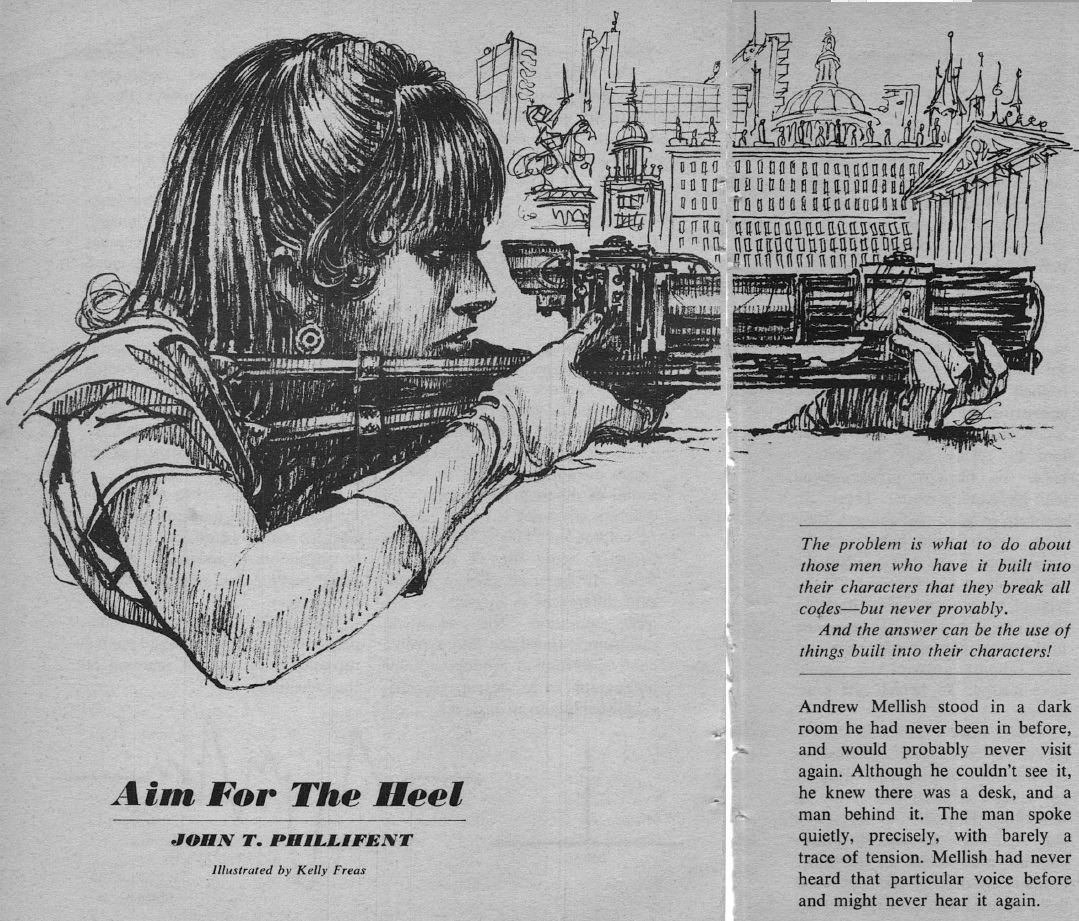

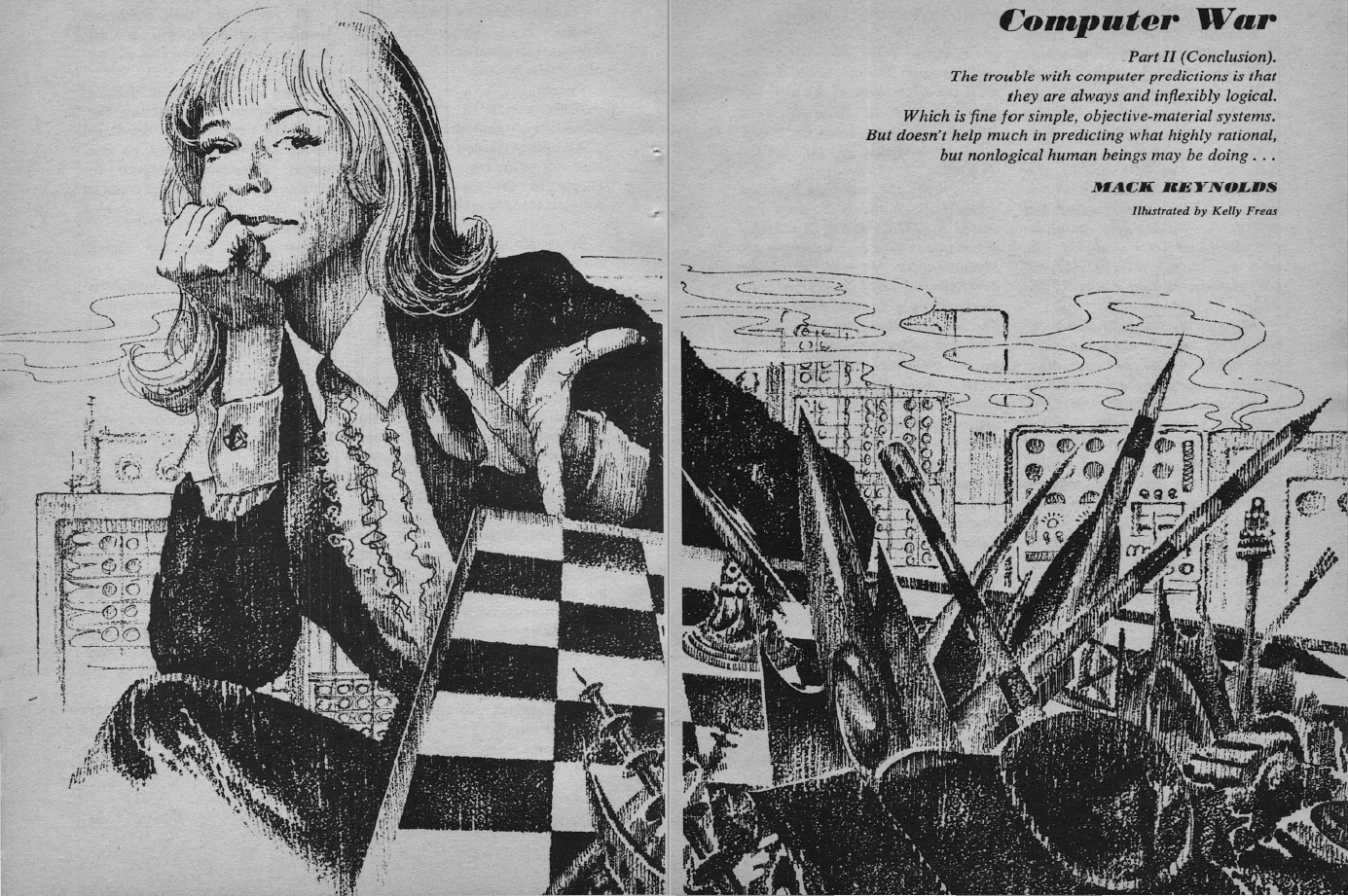
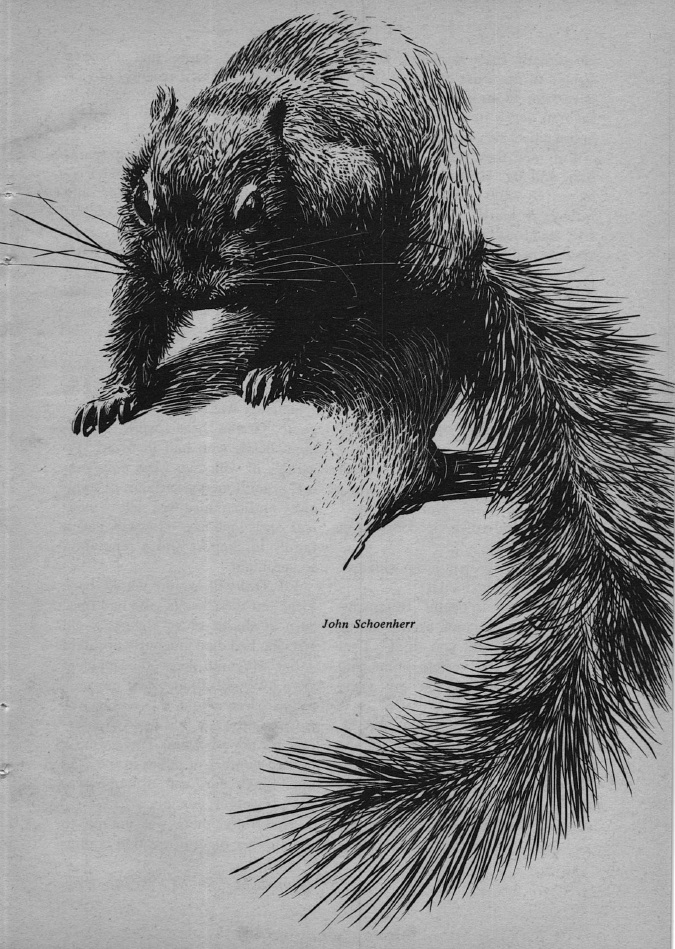
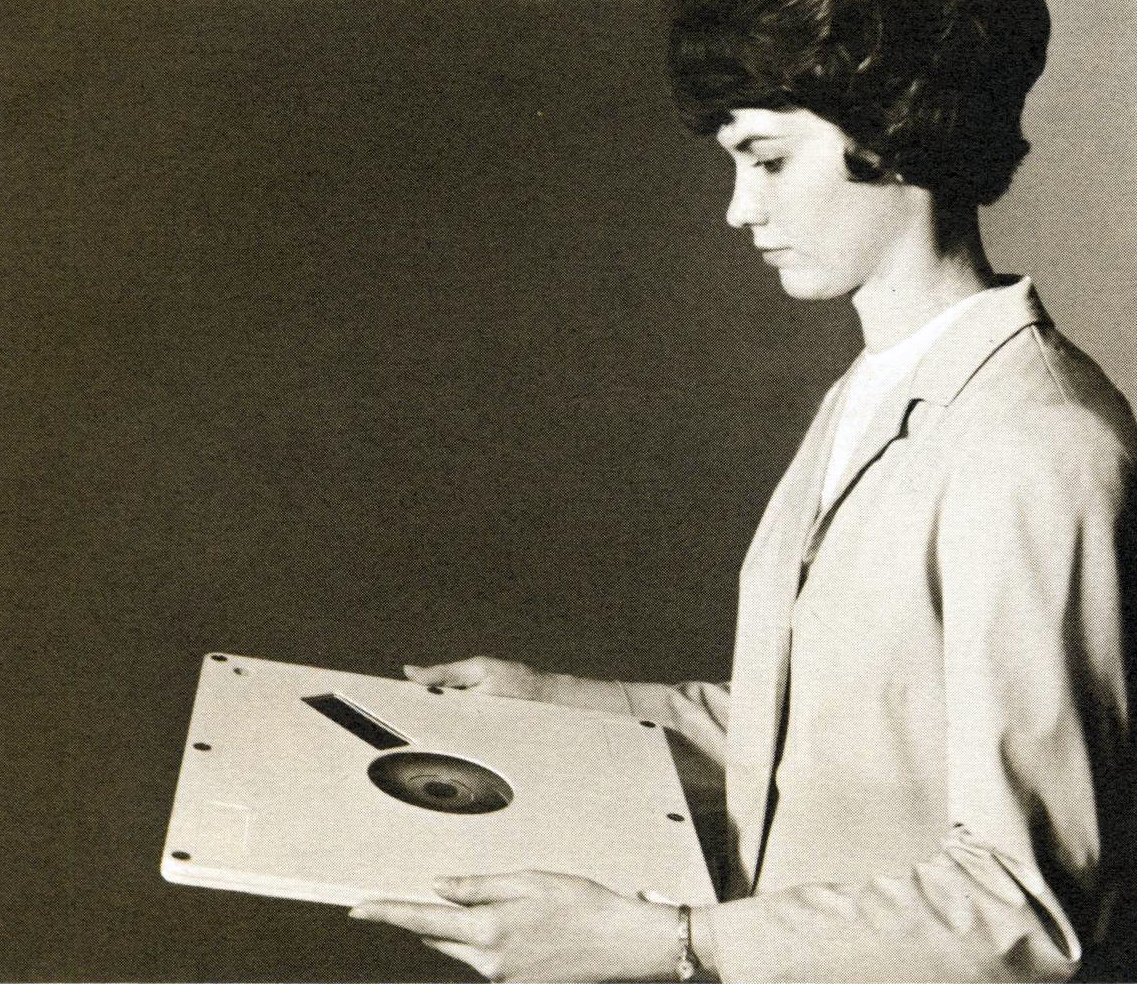
![[June 20, 1967] Yours sincerely, wasting away (July 1967 <i>Fantasy and Science Fiction</i>)](https://galacticjourney.org/wp-content/uploads/2022/06/670620cover-649x372.jpg)
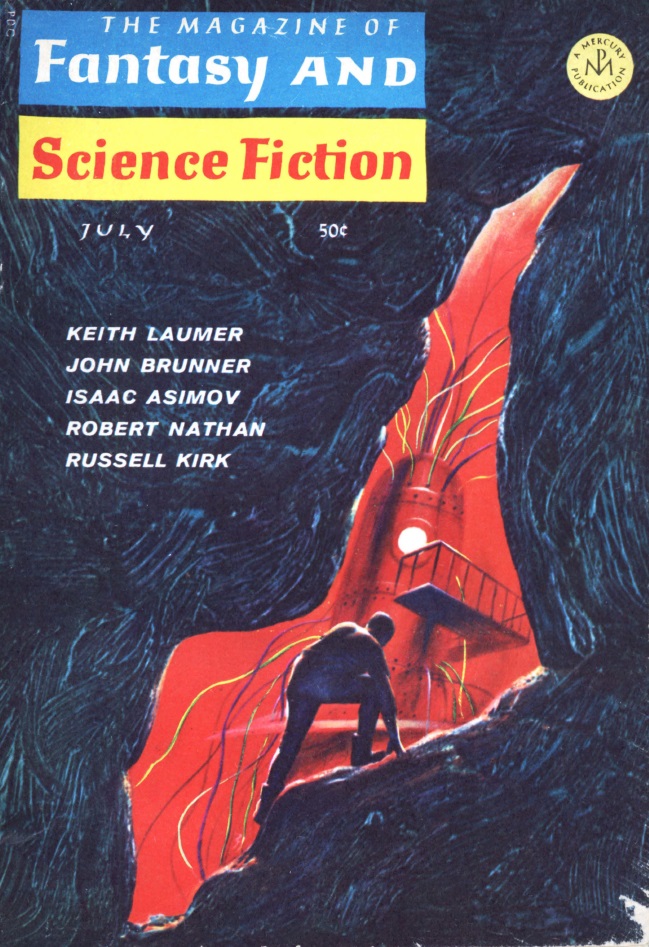

![[June 16, 1967] What's Going On Here? (June 1967 Galactoscope)](https://galacticjourney.org/wp-content/uploads/2022/06/670616covers-672x372.jpg)







